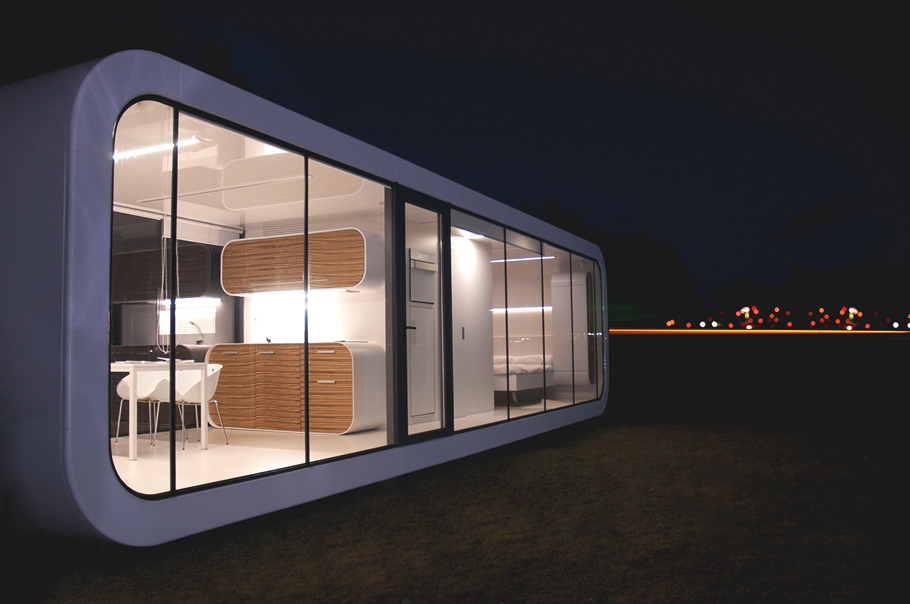Introduction to Prefab ADUs
Prefab ADUs, or prefabricated Accessory Dwelling Units, are becoming increasingly popular as a solution to the growing need for affordable and flexible housing. These units are built off-site in a factory and then transported to the final location, where they are assembled quickly and efficiently. Prefab ADUs offer numerous benefits, including cost-effectiveness, reduced construction time, and environmental sustainability. As housing costs continue to rise, especially in urban areas, many homeowners and developers are turning to prefab ADUs as a practical alternative to traditional construction methods.
Cost-Effectiveness and Affordability
One of the primary reasons why prefab ADUs are gaining traction is their cost-effectiveness. Traditional home construction can be expensive and time-consuming, often requiring significant investments of both money and time. Prefab ADUs, on the other hand, are generally more affordable because they are built in a controlled factory environment, which reduces labor costs and material waste. This affordability makes them an attractive option for homeowners looking to add extra living space, whether for rental income, housing family members, or creating a home office. Additionally, because the construction process is streamlined, prefab ADUs can be completed much faster than traditional homes, further reducing costs.
Sustainability and Environmental Benefits
Prefab ADUs are not only cost-effective but also environmentally friendly. The factory-based construction process allows for better control over the use of materials, leading to less waste and more efficient use of resources. Moreover, many prefab ADU manufacturers are committed to using sustainable materials and practices, such as energy-efficient insulation and solar panels. These green building practices not only reduce the environmental impact of construction but also result in lower utility bills for homeowners. As sustainability becomes an increasingly important consideration for homeowners and developers alike, prefab ADUs offer a practical solution that aligns with modern environmental goals.
Flexibility and Customization
Another significant advantage of prefab ADUs is their flexibility and customization options. Unlike traditional homes, which can be limited by site conditions and existing structures, prefab ADUs can be designed to fit a wide range of needs and preferences. Homeowners can choose from a variety of floor plans, finishes, and features, allowing them to create a space that suits their specific requirements. Whether it’s a small studio for a single occupant, a multi-bedroom unit for a family, or a luxurious guest house, prefab ADUs offer a level of customization that is difficult to achieve with conventional construction. This flexibility makes them an ideal solution for a variety of applications, from providing affordable housing to creating a backyard retreat.
Conclusion: The Future of Housing
Prefab ADUs represent a significant shift in the way we think about housing. As cities continue to grow and housing costs rise, the demand for affordable, sustainable, and flexible living spaces will only increase. Prefab ADUs offer a solution that meets these needs, providing a practical and cost-effective alternative to traditional construction. With their many benefits, including affordability, sustainability, and customization, it’s no wonder that prefab ADUs are becoming an increasingly popular choice for homeowners and developers alike. As the housing landscape continues to evolve, prefab ADUs are poised to play a key role in shaping the future of residential living.adu


